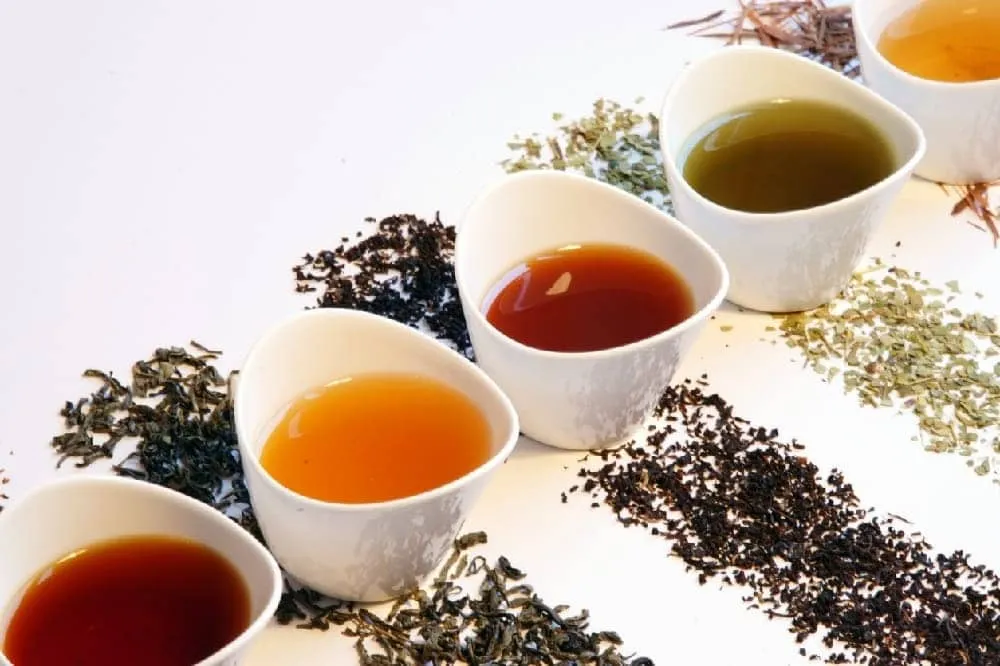Brewing and tasting tea is an art that can transform a simple drink into a delightful experience. Let’s explore how to make the most of your tea time.
Water for Brewing Tea
Water Hardness

The hardness of water can really affect how your tea tastes. Hard water can make it tough for the tea’s flavors to come out, while soft water helps bring out the best in your tea.
Good Water Standards

For the best tea, use “living” water—water that’s flowing and fresh. It should taste sweet, be clear without any impurities, and feel light.
Water Source Selection

Be careful with river water, as it might be polluted. Deep well water is usually better than shallow well water. Avoid using rainwater or snow water because they’re too acidic. If you’re using tap water, make sure to filter it or let it stand for a while before using it.
Mineral Water

When choosing mineral water, make sure it’s suitable for tea brewing. The right mineral water can enhance the flavor of your tea.
Tea Utensil Selection
Tea Utensil Materials

Different materials like glass, pottery, porcelain, bamboo, wood, and metal each have their own characteristics. Choose the right one based on the type of tea you’re brewing.
Common Tea Utensils

Familiarize yourself with tools like kettles, tea needles, tea knives, teapots, stoves, tea caddies, tea scoops, tea scales, and tea pitchers. Knowing how to use these can improve your tea brewing and tasting experience.
Purple Clay Teapot

The shape, craftsmanship, and artistry of a purple clay teapot can greatly affect the brewing effect and tasting experience of tea.
Basic Tea Brewing Etiquette

Etiquette Points
Respect others and yourself during the tea brewing process. Create a harmonious atmosphere and keep everything clean and tidy.
State of the Tea Brewer
Your mood and state can influence the quality of the tea. Stay calm and enjoy the process.
Tea Utensil Cleanliness
Keeping your tea utensils clean is crucial for ensuring the purity and taste of the tea.
Practice for Beginners
Brewing tea is a practical art. Beginners should practice more to gain experience.
Brewing Methods with Different Tea Utensils
Purple Clay Teapot Brewing Method

Perfect for Oolong tea, focus on controlling the water temperature and brewing time to bring out the tea’s aroma and taste.
Glass Cup Brewing Method

Great for green tea, as you can watch the leaves unfold and the tea liquor change. The upper-casting method works well here.
Gaiwan Brewing Method

Ideal for black tea, allowing quick pouring to avoid the tea becoming too strong and to maintain its sweet taste.
Bowl Brewing Method

Suitable for yellow tea, showcasing its tenderness and freshness.
Boiling Method

Best for dark tea, as long-term boiling at high temperatures makes the tea more mellow.
Point Tea Method

A culturally significant method that requires tools like tea whisks, focusing on the tea soup’s color and foam’s fineness.
Chinese Tea Ceremony

Tea-Centric Approach
The Chinese tea ceremony focuses on the tea itself, emphasizing its quality and flavor, and using the brewing process to understand life.
Tea Brewing Matches Tea Types
Choose the right brewing method and procedure based on the type of tea to fully showcase its characteristics.
Basic Steps
Understand the basic steps: boil water, prepare utensils, appreciate tea, place tea, brew tea, taste, and observe infused leaves.
Non-Attachment
The Chinese tea ceremony values naturalness and spontaneity, focusing on the inner experience rather than being restricted by form.
Tea Brewing for Cultivating Mind
Brewing tea is a way of self-cultivation, helping you achieve a peaceful state of mind.
“Four Steps and Five Essentials” of Tea Tasting

Four Steps
Feel the aroma, check the clarity of the tea liquor, taste the sweetness, and enjoy the overall liveliness.
Five Essentials
Focus on the quality of the tea, the choice of water, the combination of utensils, the brewing method, and the environment.
Original Intention of Drinking Tea
Enjoy the pleasure of tea, return to nature, and relax both body and mind.
Enjoy Tea
Savor each cup carefully and feel the beauty that tea brings.
Tea Snack Selection

Selection Principles
Choose light snacks that are low in carbohydrates to avoid affecting the taste of the tea.
Pairings
Select appropriate snacks based on the type of tea for the best pairing effect.
Complement
Remember, tea snacks are just a complement to the tea and should not overshadow it.





